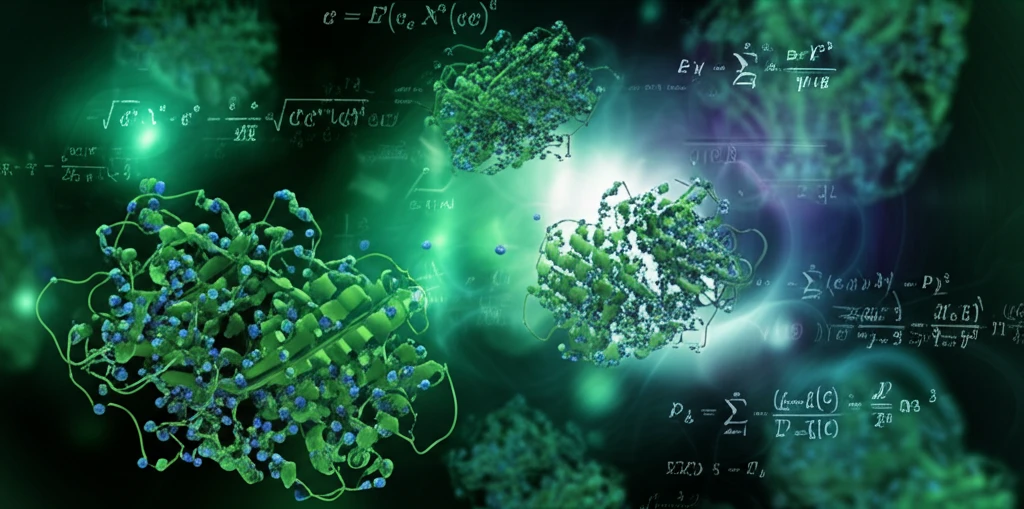
Unlock the Secrets of Zymogen Activation: A Guide to Understanding Enzyme Kinetics
"Decoding the mechanisms of zymogen activation, exploring enzyme kinetics, and practical methods for in vitro assays in biological systems"
Enzyme-catalyzed reactions are fundamental to countless biological processes, with zymogen activation playing a pivotal role. Zymogens, the inactive precursors of enzymes, require a specific activation step to unleash their catalytic potential. This activation is often the first domino in a cascade of enzymatic events, critical for processes like blood coagulation, digestion, and immune responses.
Consider trypsinogen, the zymogen of trypsin, a key digestive enzyme. Trypsinogen is activated by enterokinase, which then allows trypsin to activate more trypsinogen, creating a positive feedback loop. Similarly, in blood coagulation, plasminogen is activated to plasmin, which degrades fibrin to dissolve blood clots. Understanding the kinetics of these zymogen activation processes is vital for comprehending their roles in health and disease.
Researchers often use in vitro assays to study enzyme activity, but quantifying the catalytic conversion of zymogens can be challenging. If the initial activation step is experimentally undetectable, scientists rely on a secondary, easily observable reaction, known as an indicator reaction. By analyzing the progress of this indicator reaction, they can indirectly measure the activity of the non-observable primary reaction. The design and analysis of these coupled enzyme assays require a solid understanding of enzyme kinetics and mathematical modeling.
How Can We Simplify the Study of Zymogen Activation?

The detailed theoretical analysis of the reaction mechanism of zymogen activation, as described in the source article, involves complex nonlinear ordinary differential equations. These equations describe a system where a primary, non-observable zymogen activation reaction is linked to an observable indicator reaction. Both reactions often follow Michaelis-Menten kinetics, a well-established model for enzyme-catalyzed reactions.
- Quasi-Steady-State Assumption (QSSA): Assumes that the concentration of enzyme-substrate complexes remains relatively constant over time.
- Reactant-Stationary Assumption (RSA): Assumes that the initial substrate concentration changes negligibly during the initial phase of the reaction.
- Singular Perturbation Methods: Mathematical techniques used to approximate solutions of differential equations with multiple timescales.
Bridging Theory and Experiment
The ultimate goal is to connect theoretical models with experimental data, so researchers can accurately quantify zymogen activation in vitro. This often presents an inverse problem: determining the parameters governing the non-observable reaction from measurements of the indicator reaction. By developing reduced models and understanding their limitations, scientists can design more effective enzyme assays and gain deeper insights into the regulation of biological processes. As research advances, more sophisticated models and experimental techniques will further refine our understanding of these essential enzymatic mechanisms.
